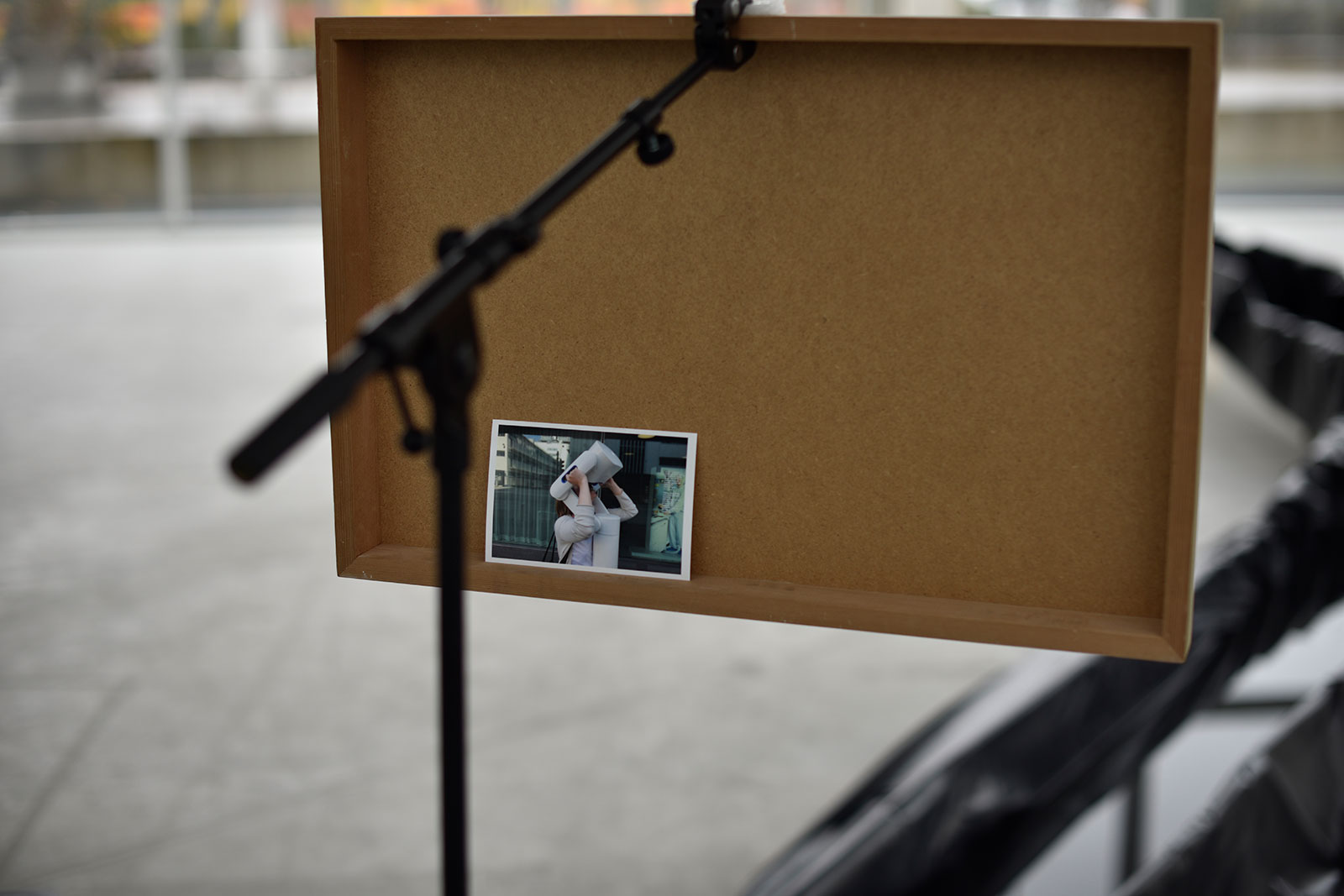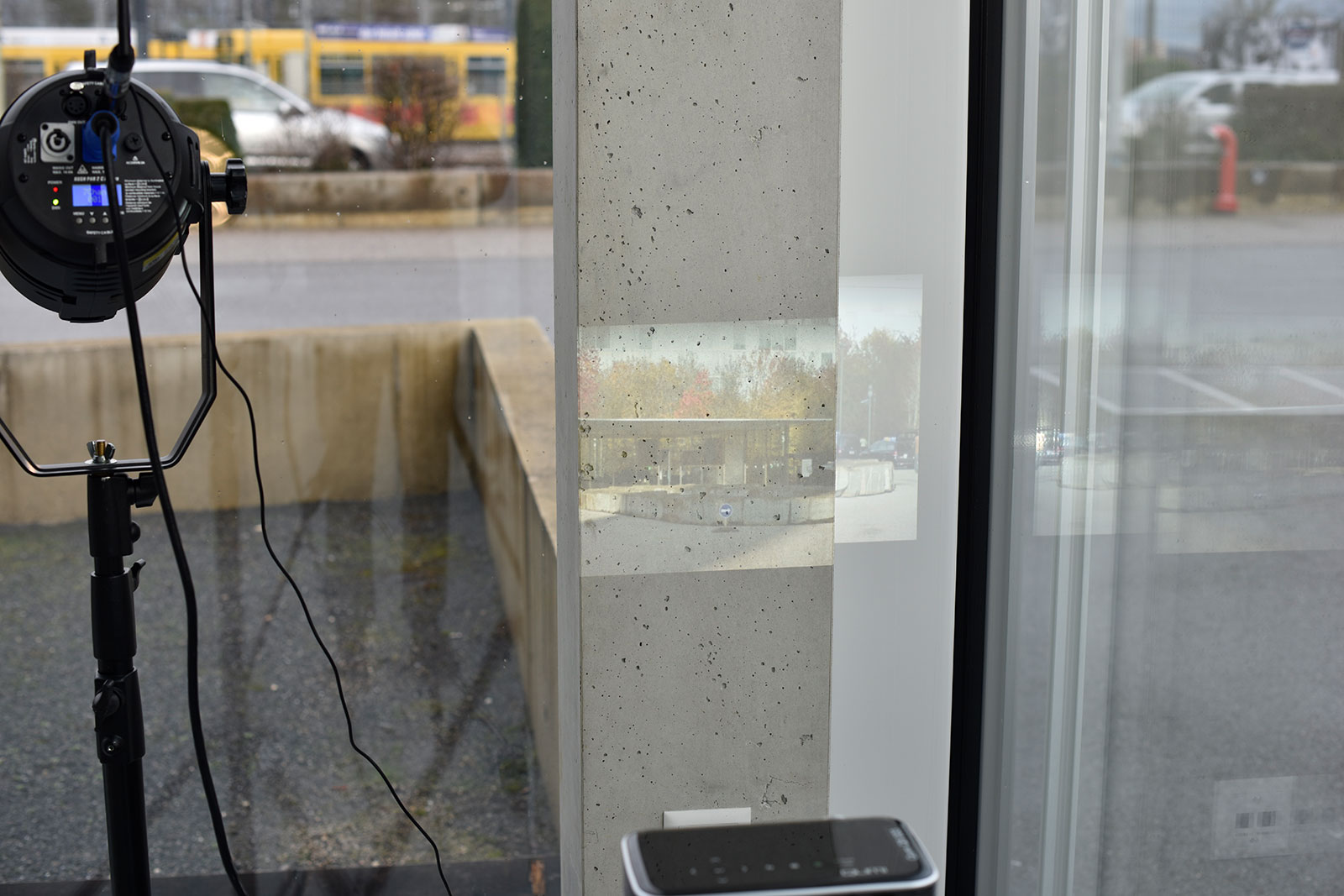Students’ Realm
Michael Ray-Von
Basel Scenario
With a soundtrack by Manuel Schneider
A special project, by appointment only
30 January – 7 February 2021, 1 – 5 pm
der TANK, Basel
The presentation is open to one visitor at time
(advance registration including contact details required).
Please reserve a visit → here.
Masks, a minimum distance of two meters and contact details are mandatory. Hand disinfectant is available.
In 1979, Henry Segerstrom, a successful real estate developer in Orange County, California, commissioned Isamu Noguchi to build a public sculpture garden. It was to be nestled in the center of an office building complex adjacent to the Segerstrom-owned South Coast Plaza, a notorious luxury shopping mall. Noguchi, then 75, was an accomplished and renowned sculptor, designer, and architect, who is today recalled for his iconic paper lamps and biomorphic tables. The garden Noguchi proposed would take the title California Scenario (a name, as Noguchi recalls, selected by Segerstrom from Noguchi’s utterances). It presented a picture of the former desert landscape of Orange County with the ethos and attitude of a Japanese rock garden, deploying native plants, running water, and boulders in a careful composition.
I began to reflect on Noguchi’s excavation of the latent traits of a landscape by the self-representation of its evident forms. Over time, I assumed a means of presenting a personal psychocartography of Basel derived from my brief but concentrated encounter with it, and of teasing out some of the enticing and frustrating qualities of der TANK; positioning them as both reflections and reflectors of the city at large, as in a chronotopic mise en abyme. What remains are glimpses and fragments of memories mingled with inarticulate emotions and forms.
Along the way, there was a chat with artist Manuel Schneider about overtones: frequencies in excess of the fundamental frequency of a sound; and then about the production of meaning in excess of a fundamental message. I asked Schneider to introduce a musical accompaniment for my work which would activate a narrative vector, motivating a pseudosynesthesia and affect reassignment. He composed and improvised a soundtrack for the presentation which intermittently causes the eyes to become like ears.








